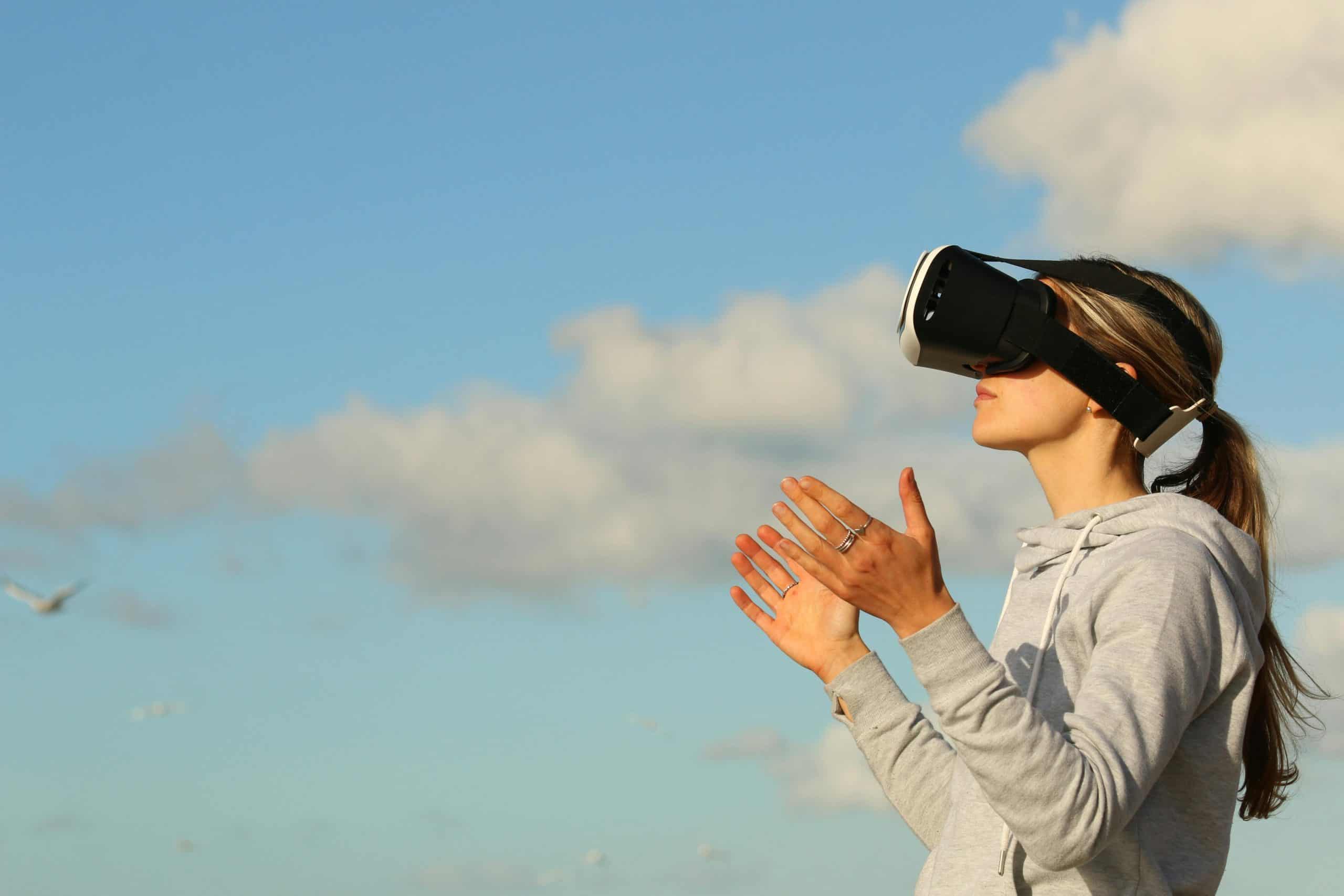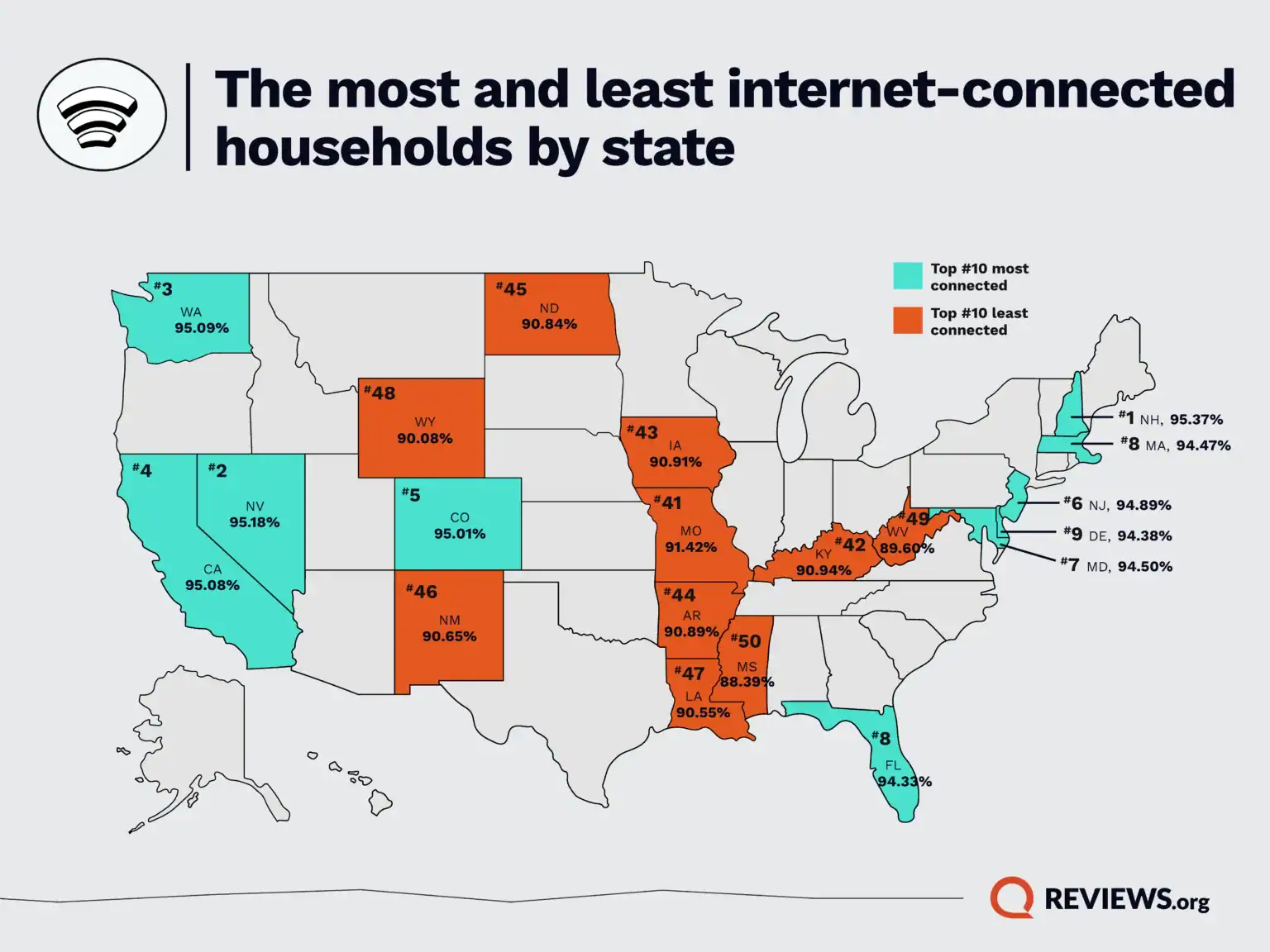Over the last several years, much has been said about technology’s negative impact on ocular health. With digital dependence rising globally, people of all ages are spending more time in front of unnaturally bright devices and held at straining angles. As a result, eye conditions like dry eyes, blurred vision, and myopia, to name a few, are becoming more common. Over 2.2 billion people globally already have some degree of vision impairment.
Naturally, this has caused most to want to cut back on technology. However, it’s important to note that it’s not the tech itself causing harm but its overuse. In fact, there are many eye benefits stemming from technology today. Below, we’ve listed a few examples that illustrate how these innovations make safeguarding eye wellness easier.
Virtual try-on tech for better online eyewear shopping
Considering the sheer number of people with vision issues, corrective devices like eyeglasses are in high demand. Up to 66% of adults in the US are believed to wear at least one form of prescription eyewear, including specs. This is why online eyewear platforms are becoming increasingly popular as a means of making these tools more accessible. That said, a significant barrier to this remote intervention is the lack of try-on opportunities that can help consumers make more educated purchase decisions. Without having the chance to try on their eyewear, customers are at risk of not feeling confident or comfortable in their specs, which can affect how they use it.
To remedy this, retailers such as Target Optical have turned to virtual solutions that let shoppers use virtual glasses try-on tools. Using AR integrations, these use the camera on a customer’s device to scan and then overlay a selected model onto their face. Apart from being true to style and color, the frames are projected in the correct scale so viewers get an accurate depiction of how something will look on them in real life. This feature helps guide purchases, improving the chances of consumer satisfaction and cooperation with eyecare prescriptions.
Digital eye exams for accessible health management
Whether due to mounting costs or the ongoing shortage of eyecare specialists, nearly 10% of all Americans haven’t had an eye test in the last five years, despite expert recommendations that say these tests must be undergone every one to two years for optimal outcomes. As such, there has been an influx of online virtual eye testing options to bridge these gaps over the last few years. While these are not considered the exact equivalent of physical exams, they are a massive help in ensuring more people get the aid they need.
One such example of these digital eye exams is the visual acuity test from Visibly. Designed to work via a combination of a computer and a touchscreen smart device, this test can work for patients between the ages of 22 and 40. Using the devices mentioned above, users will tested on how sharp their vision is at various distances. The test runs for only about six minutes, meaning it’s relatively easy to squeeze even into a busy schedule. Afterward, the results are sent to a partner eye doctor who will interpret them. Through these, doctors can better grasp the current ocular state of their patients, even with limited in-person interactions. Thus, timely and effective treatments and diagnoses can be given without delay.
Innovative eyewear for better treatment options
Lastly, technology has also ushered in the introduction of more nuanced treatments. Many severe eye conditions remain incurable and irreversible. This includes diseases like glaucoma, which is among the leading causes of preventable blindness worldwide. However, with technology’s precision, there is more hope than ever. For instance, Vention shares that VR headsets can help in therapy treatments. These headsets can help improve visual acuity and depth perception by stimulating visual pathways and binocular vision. Since VR is also more engaging, it enhances the patient experience, creating a more pleasant treatment journey. We’ve already seen how VR can promote retail stores in addition to augmented reality, so it is exciting to witness how this technology can improve health outcomes.
Article written by Leighton Rose.







